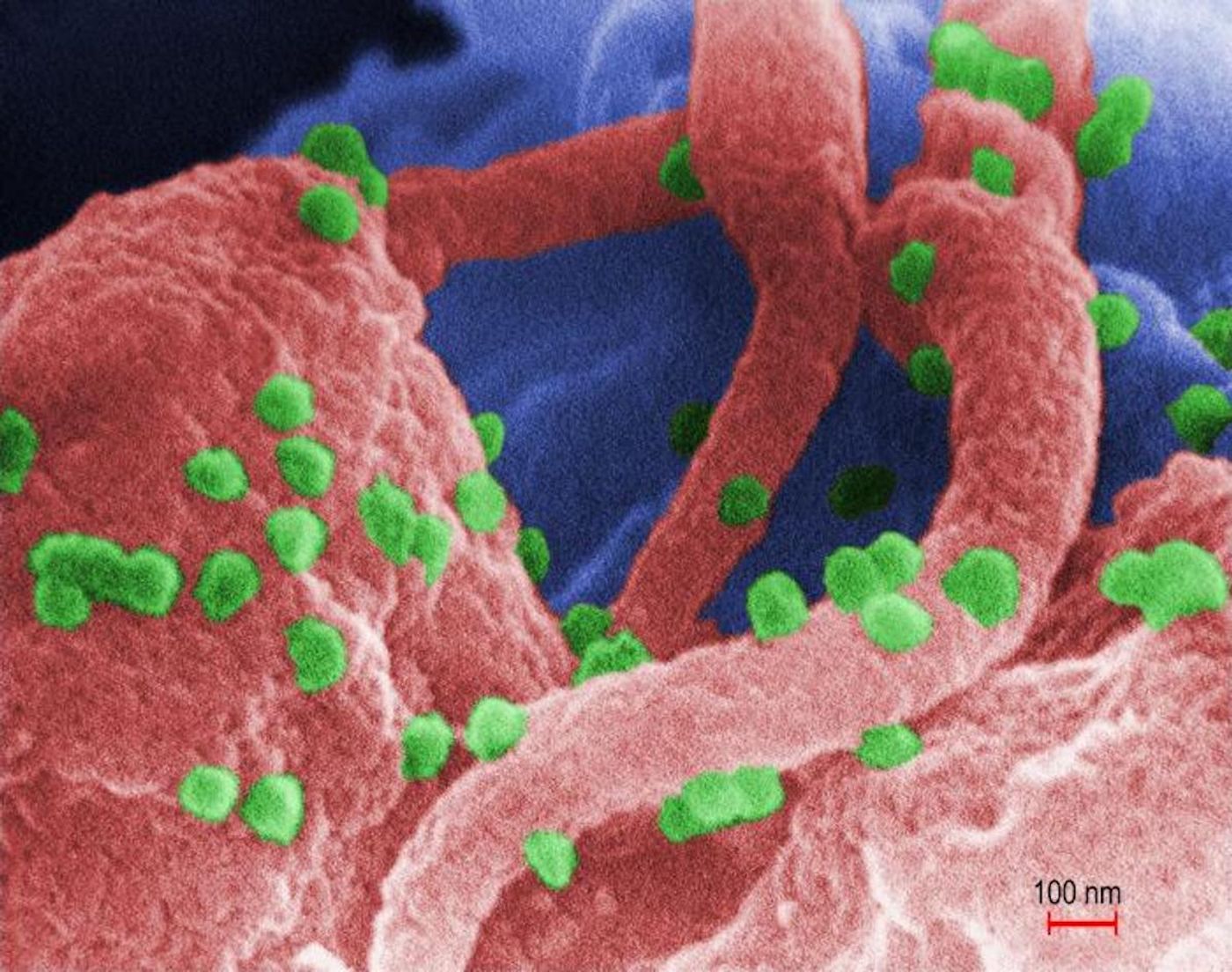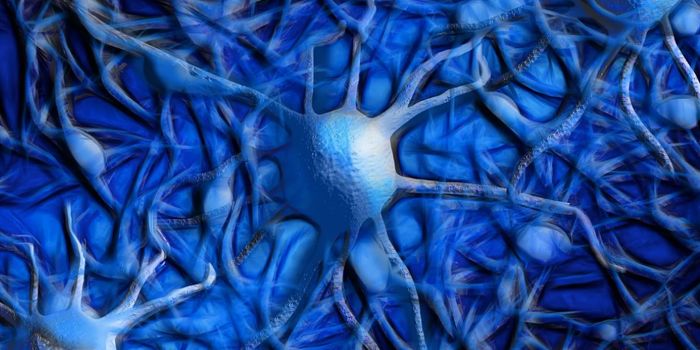Clinical Trial of CRISPR-Based HIV Treatment Set to Begin
Human immunodeficiency virus (HIV) is a retrovirus, which is a type of virus that can write its genetic material into the DNA of an infected host cell. HIV targets a variety of immune cells, and once it gains entry into a cell, it can begin the process of making more transcripts of its genetic material. First, the RNA genome of HIV is written into DNA by a viral enzyme that is contained in the HIV genome. The double stranded viral DNA that's generated by the enzyme then gets moved into the host cell nucleus, where it is incorporated into the genome of the host cell. The virus can remain there in a latent state for a long time, waiting to start replicating the virus anew at any time up to ten years after the initial infection. The viral DNA can also be immediately transcribed after it infects a host cell to cause an active infection and symptoms in the host.
Reverse transcription (writing RNA into DNA) by the viral enzyme is extremely error-prone, so many mutations can easily be introduced into the HIV sequences. Those mutations may help the virus evade the immune system or the effects of drugs that target HIV. There are also many variants of HIV; there are two types of HIV: HIV-1 and HIV-2, and there are different groups and subtypes within those categories. Though there are also now antiviral treatments that can help HIV-infected individuals live a normal life, HIV is very difficult to target with a vaccine in part because it mutates so much.
Scientists at Excision BioTherapeutics, Inc. and Temple University have now announced the start of a clinical trial that will evaluate the use of a CRISPR-based HIV treatment.
This human trial will be the first to assess the safety and efficacy of the therapeutic, called EBT-101 in people with HIV type 1. The approach involves targeting the genetic material of the virus, the HIV proviral DNA, for removal from the genome of cells using CRISPR. Two CRISPR guide RNA molecules will target three places in the HIV genome in an effort to delete long viral sequences from host cell genomes. The approach has worked in cell lines and animal tissues, and it can eliminate simian immunodeficiency virus (SIV) from non-human primate genomes, leading to the green light for the trial in human HIV patients.
“Although antiviral treatments can manage HIV infection, they require life-long treatment, cause side effects, and do not provide the possibility of a functional cure," noted Daniel Dornbusch, Chief Executive Officer of Excision. The company has suggested that this new approach could be the "functional cure" that scientists and clinicians have been searching for.
Sources: Excision BioTherapeutics, Temple University Health System







![Everything You Need To Know About NGS [eBook]](https://d3bkbkx82g74b8.cloudfront.net/eyJidWNrZXQiOiJsYWJyb290cy1pbWFnZXMiLCJrZXkiOiJjb250ZW50X2FydGljbGVfcHJvZmlsZV9pbWFnZV9mNTM1ZjIyYzA5MDE5ZmNmMWU5NmI0ZDc4NWU2MzdiZTZlN2I5ZDk5XzE4NDUuanBnIiwiZWRpdHMiOnsidG9Gb3JtYXQiOiJqcGciLCJyZXNpemUiOnsid2lkdGgiOjcwMCwiaGVpZ2h0IjozNTAsImZpdCI6ImNvdmVyIiwicG9zaXRpb24iOiJjZW50ZXIiLCJiYWNrZ3JvdW5kIjoiI2ZmZiJ9LCJmbGF0dGVuIjp7ImJhY2tncm91bmQiOiIjZmZmIn19fQ==)

